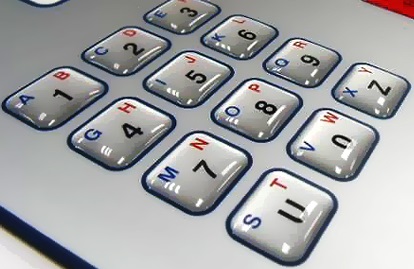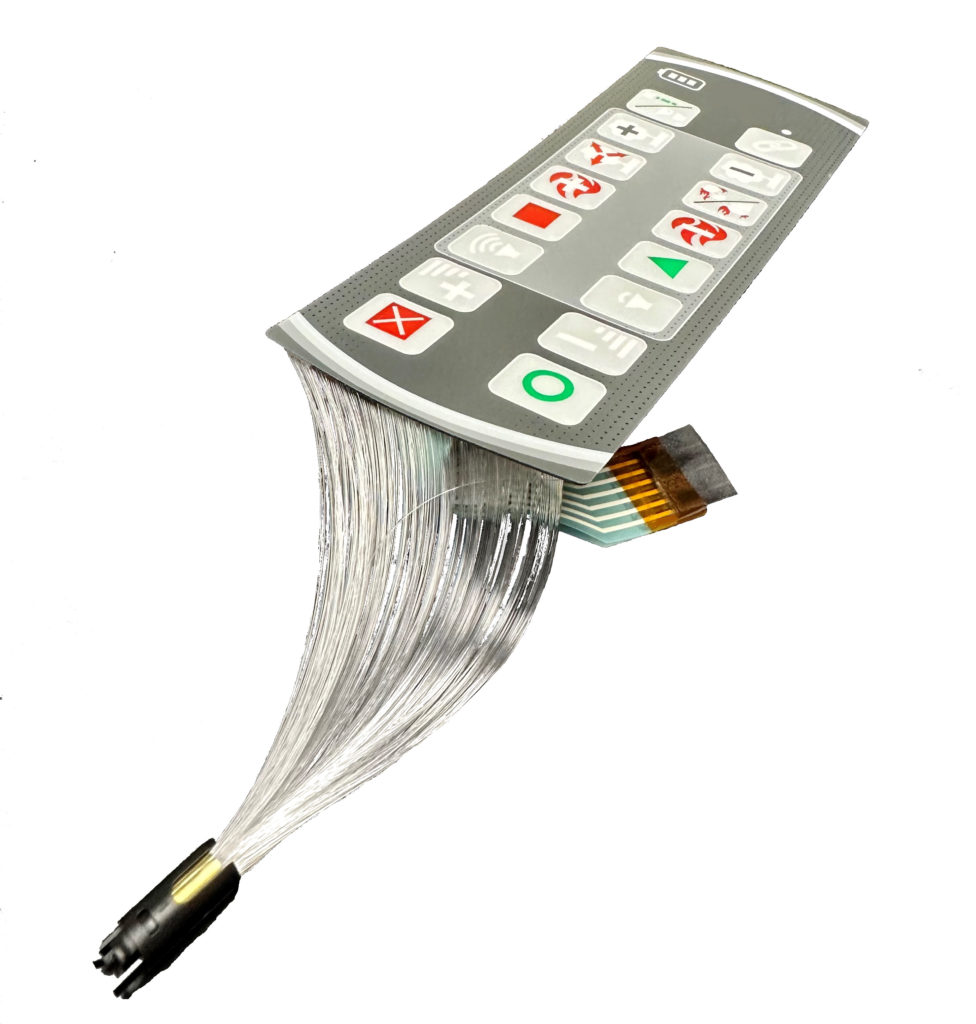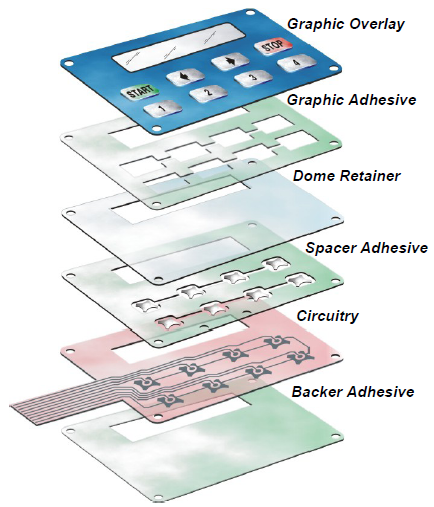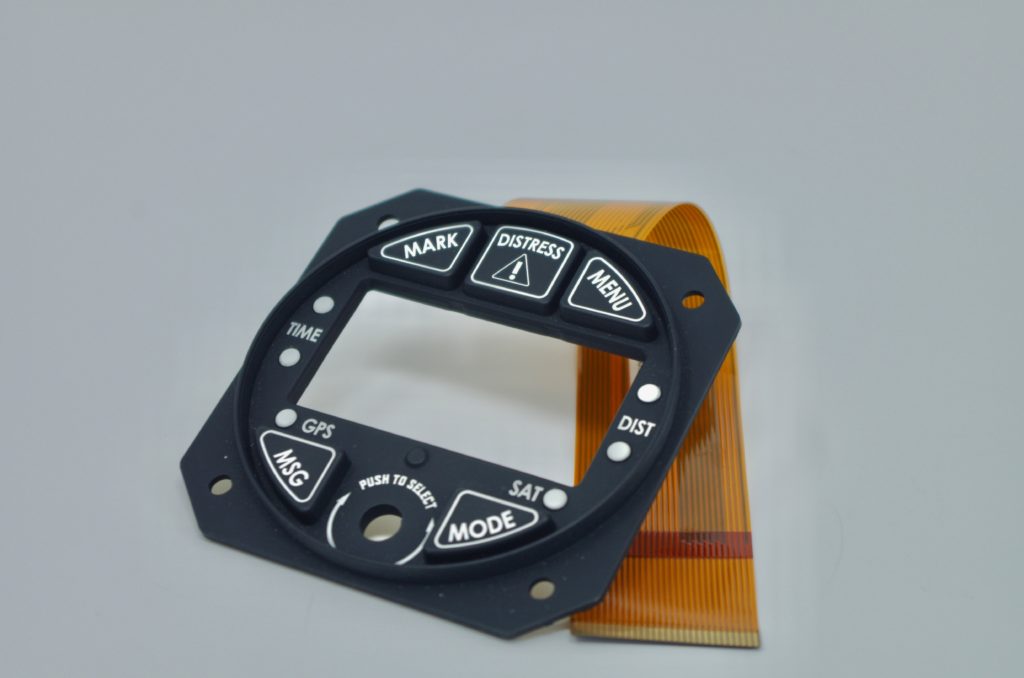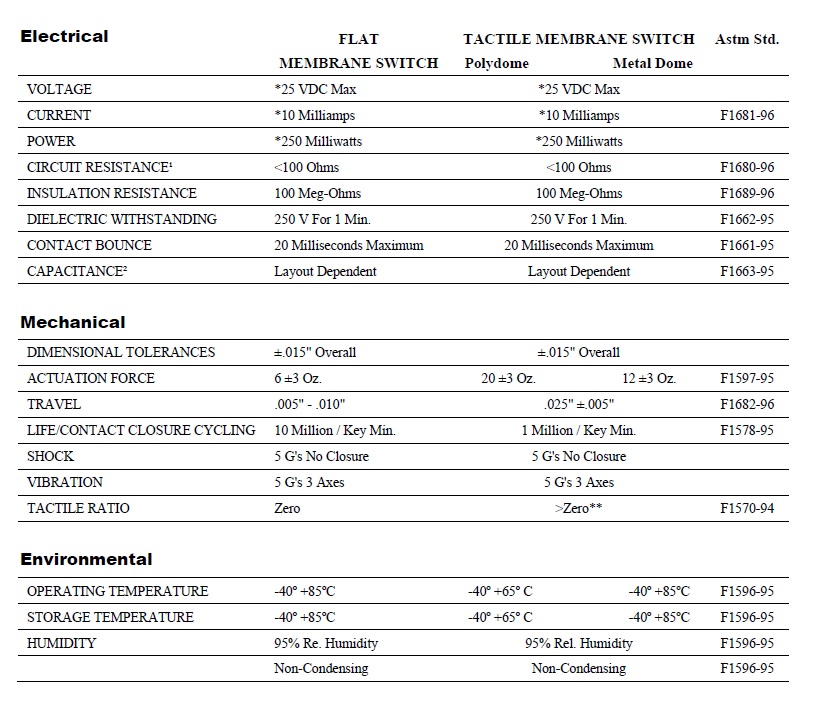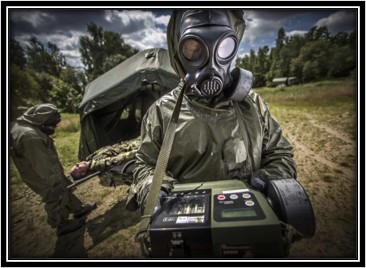A Heartfelt Thank You to All Visitors at the MDM BIOMEDevice Show
CSI Keyboards would like to extend our gratitude to all of the visitors that stopped by our booth last month in Boston. It truly was a pleasure meeting each and every one of you and cannot thank you enough for your support.
The MDM BIOMEDevice Tradeshow has become a beacon in the medical industry allowing companies like CSI to showcase our products and designs enabling individuals to explore innovations, source products, and make vital connections that help grow the industry as a whole.
Thank you again and hope to see you next year!



